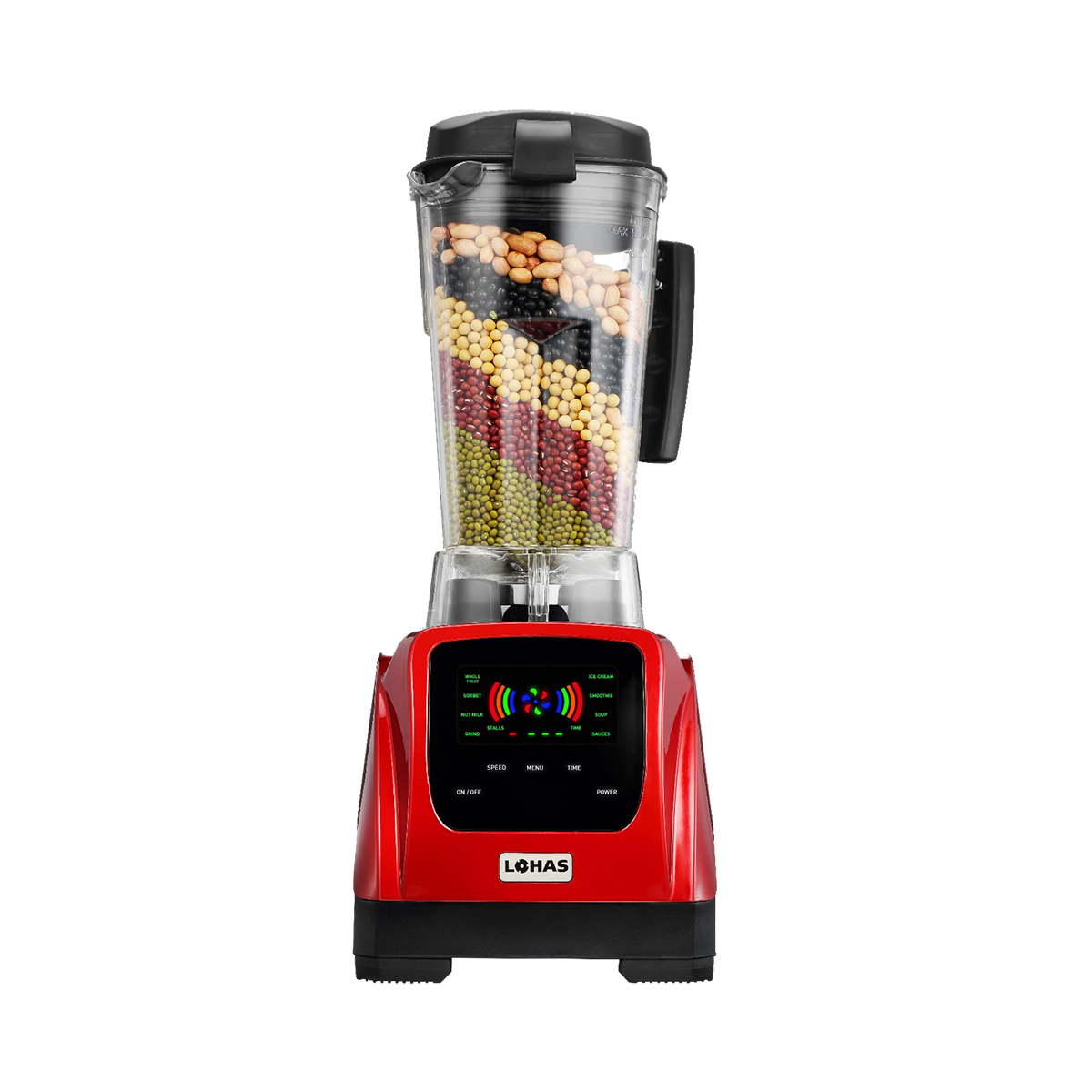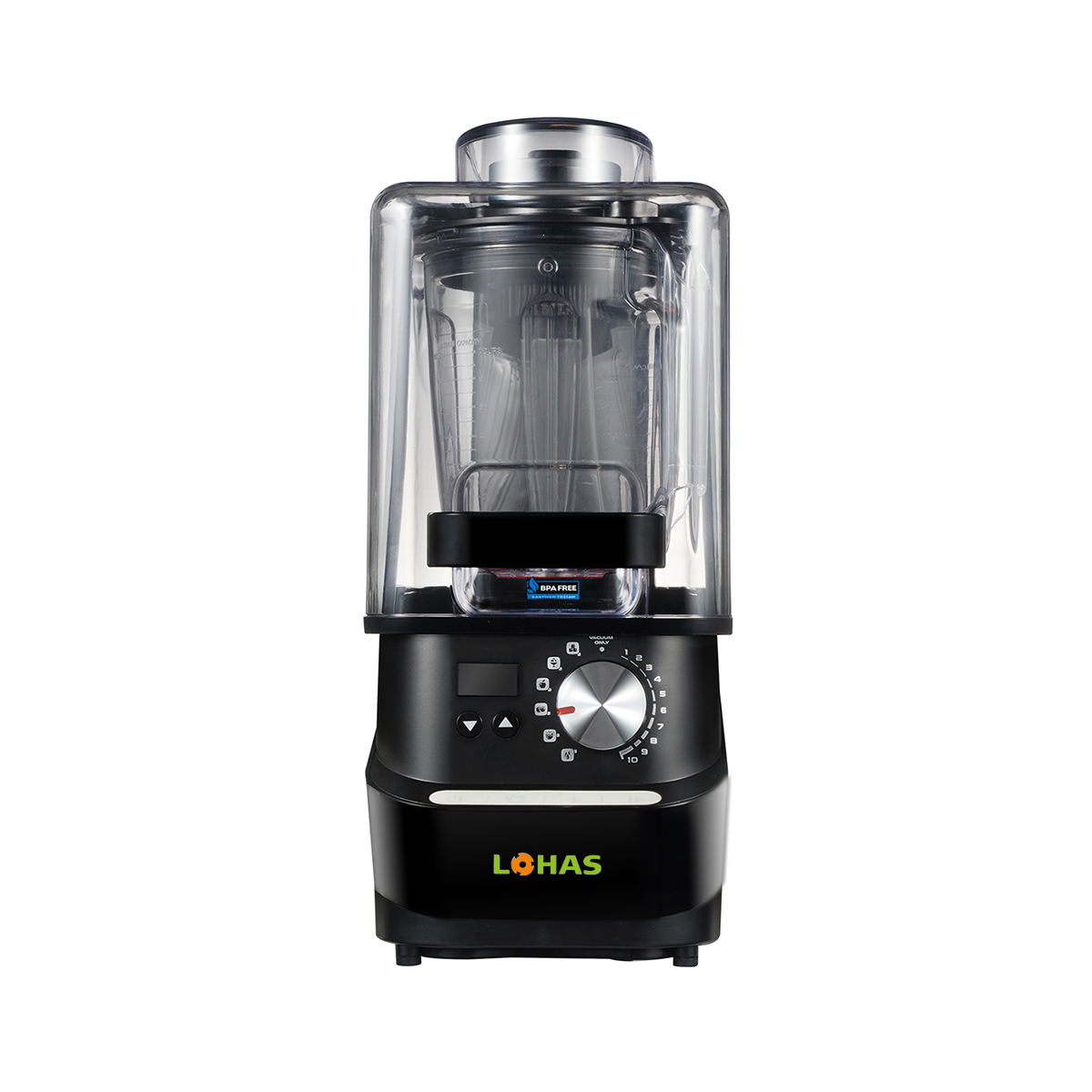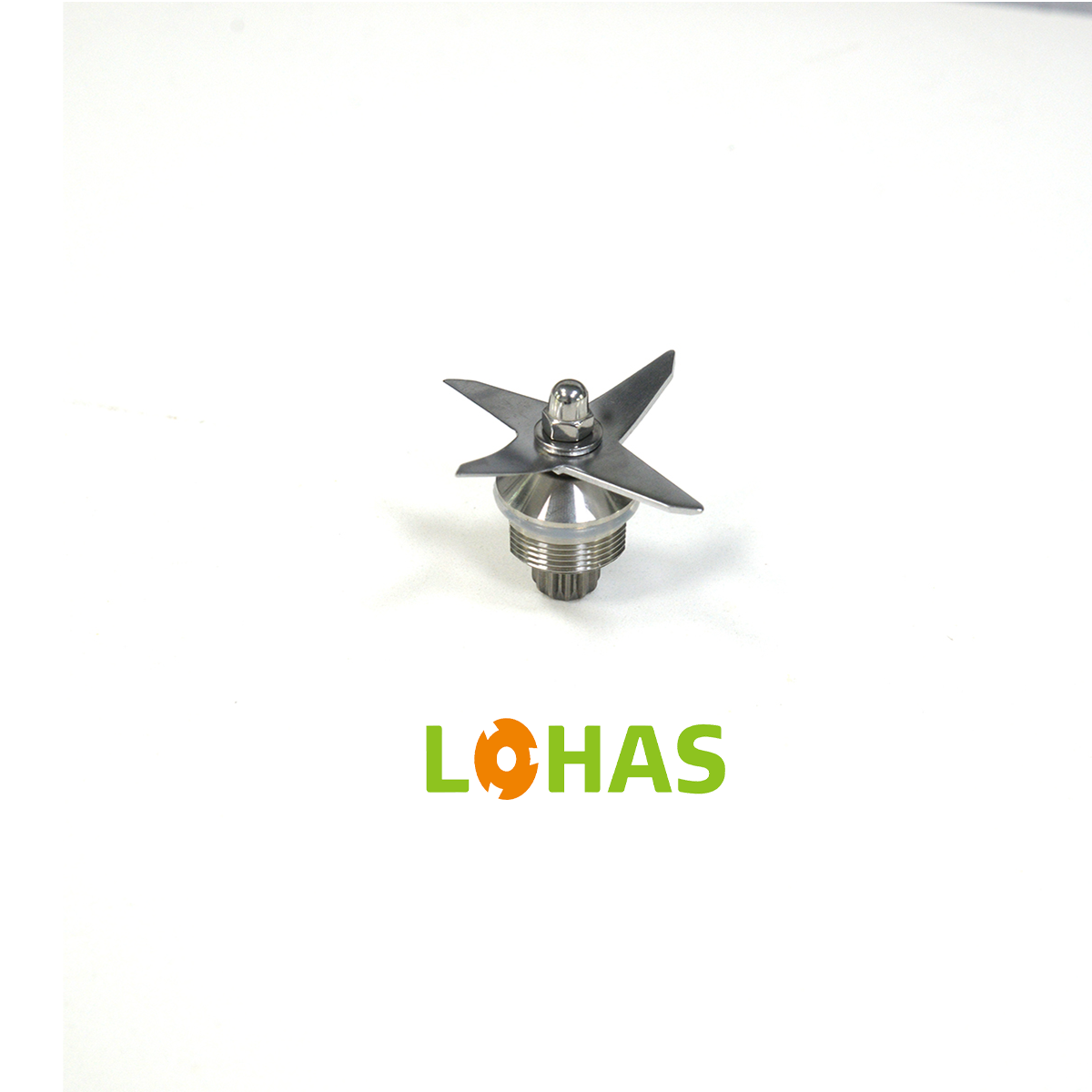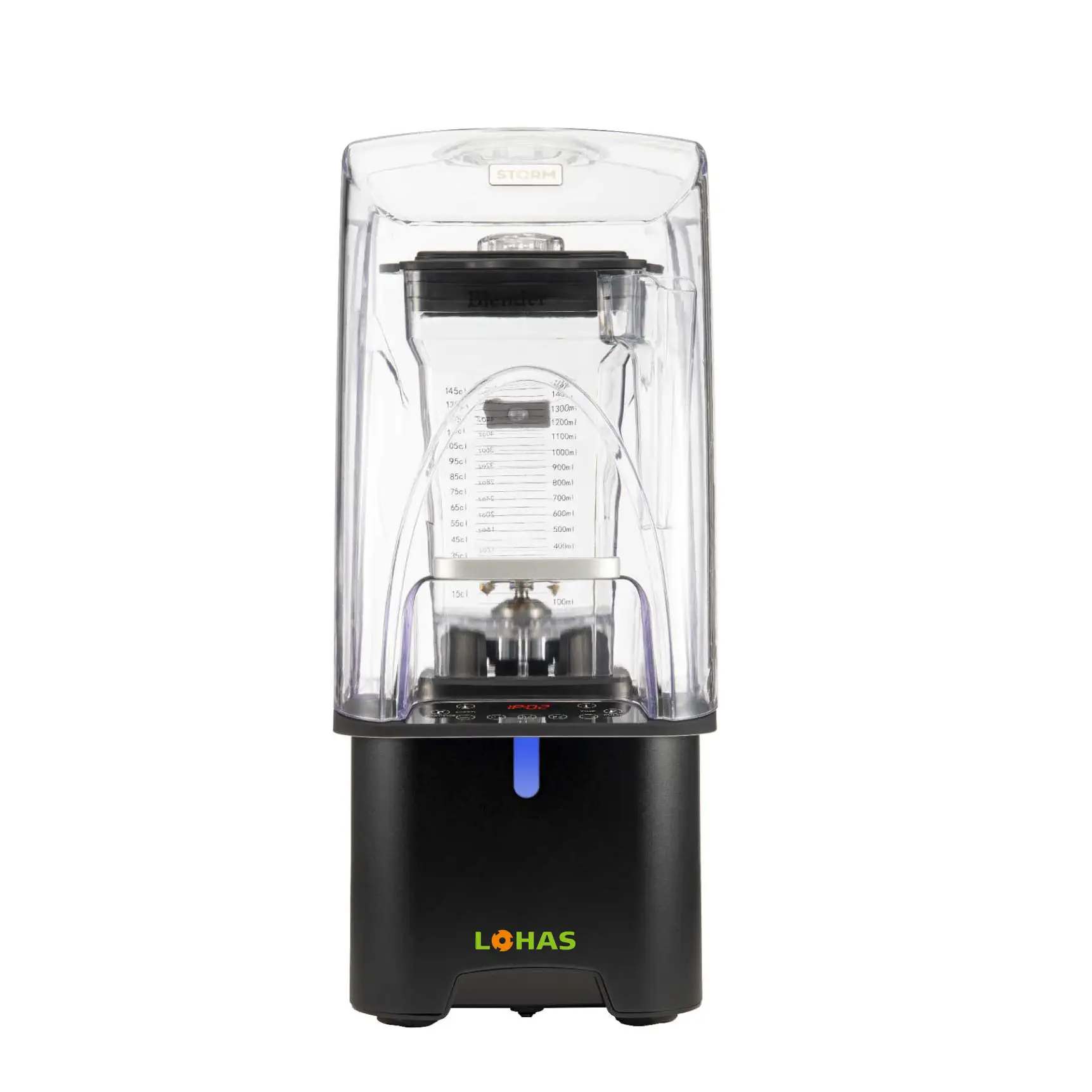The Role of High-Efficiency Blenders in Modern Food Preparation
In today’s fast-paced culinary environments, the need for efficient and reliable equipment has become paramount. One of the most vital tools in both commercial and home kitchens is the blender machine. Whether used for pureeing, emulsifying, grinding, or mixing, a high-quality blender machine significantly enhances productivity and food quality. Its versatility and efficiency contribute not only to smooth operations but also to maintaining consistency in recipes.
Understanding the Blender Machine
Basic Function and Design
A blender machine is a kitchen appliance designed to blend, emulsify, or puree food and liquids. It typically consists of a motorized base, a rotating blade assembly, and a jar or container. The blades spin at high speeds to cut through ingredients, breaking them down into smooth textures. Depending on the model, the blender machine may also feature variable speed controls, preset programs, and pulse functions.
Types of Blender Machines
There are several types of blender machines tailored to different applications. Countertop blenders are ideal for everyday household use. Immersion blenders, or stick blenders, are handheld tools perfect for soups and sauces. Commercial-grade blenders are built for high-volume use, offering greater power and durability. Each type plays a specific role in improving food processing tasks in various kitchen settings.
How Blender Machines Transform Food Processing
Enhancing Efficiency and Speed
A key benefit of the blender machine is its ability to reduce preparation time. Tasks that would typically require multiple utensils and manual labor are simplified into a single step. For example, instead of manually mashing vegetables or fruits, the blender machine can deliver a fine puree in seconds, making it a crucial time-saver.
Promoting Uniform Texture and Consistency
Achieving uniform texture is essential in food preparation, especially for soups, sauces, smoothies, and baby food. A blender machine ensures that ingredients are evenly processed, eliminating lumps or inconsistencies. This uniformity not only improves visual appeal but also enhances mouthfeel and taste.
Benefits of Blender Machines in Commercial Kitchens
Supporting High-Volume Output
In commercial kitchens where efficiency is critical, blender machines support continuous, high-volume operations. They are capable of blending large quantities of ingredients in a short time, which is particularly beneficial in restaurants, hotels, and catering services. Their powerful motors and durable components contribute to long-term use and reliability.
Adapting to Diverse Menu Requirements
With evolving culinary trends, modern kitchens must accommodate a wide range of dishes and textures. Blender machines allow chefs to quickly shift between making smoothies, dips, soups, batters, or sauces. The adaptability of the blender machine makes it a cornerstone for culinary innovation.
Improving Nutrient Retention and Food Quality
Preserving Fresh Ingredients
High-speed blender machines reduce the need for prolonged heating or cooking, preserving the natural nutrients in fruits and vegetables. This is especially valuable for preparing raw foods, smoothies, or green juices where vitamin retention is a priority. As a result, meals remain both nutritious and flavorful.
Reducing Food Waste
Blender machines help reduce food waste by utilizing parts of ingredients that might otherwise be discarded. Stems, skins, and seeds can be blended into soups or smoothies, maximizing the nutritional value of each ingredient. This not only promotes sustainability but also lowers food costs.
Smart Features and Innovations
Digital Controls and Automation
Modern blender machines are equipped with digital interfaces that simplify operation. Pre-programmed settings for common tasks, such as ice crushing or smoothie preparation, enhance convenience and consistency. These smart features reduce user error and provide precise blending results.
Noise Reduction and Safety Enhancements
Some advanced blender machines include noise-dampening technology and safety interlocks. These features make the appliance more user-friendly and suitable for open kitchen environments or residential areas where noise can be an issue. Safety features also ensure that the machine operates only when properly assembled, reducing the risk of accidents.
Routine Maintenance to Extend Blender Machine Longevity
Cleaning Best Practices
Maintaining a blender machine involves regular cleaning to prevent buildup of residue that can affect performance. After each use, the jar and blades should be rinsed immediately. Periodic deep cleaning with a gentle detergent ensures hygiene and keeps components in optimal condition.
Inspecting and Replacing Components
Over time, blades may dull and seals may wear out. Regularly inspecting and replacing worn components is key to preserving the blender machine’s performance. Using manufacturer-recommended accessories also ensures compatibility and longevity, contributing to the overall lifespan of the machine.
Selecting the Right Blender Machine for Your Needs
Factors to Consider When Buying
Choosing the ideal blender machine depends on factors such as intended use, capacity, power, and features. For commercial applications, durability and motor strength are paramount. For home users, compact design and ease of use may be more important. Understanding your specific requirements ensures that you invest in the right model.
Evaluating Quality and Support
Investing in a reputable brand with robust customer support can make a significant difference. Reliable after-sales service, warranty coverage, and availability of spare parts contribute to the long-term value of the blender machine. It is also advisable to read customer reviews and compare specifications before making a decision.
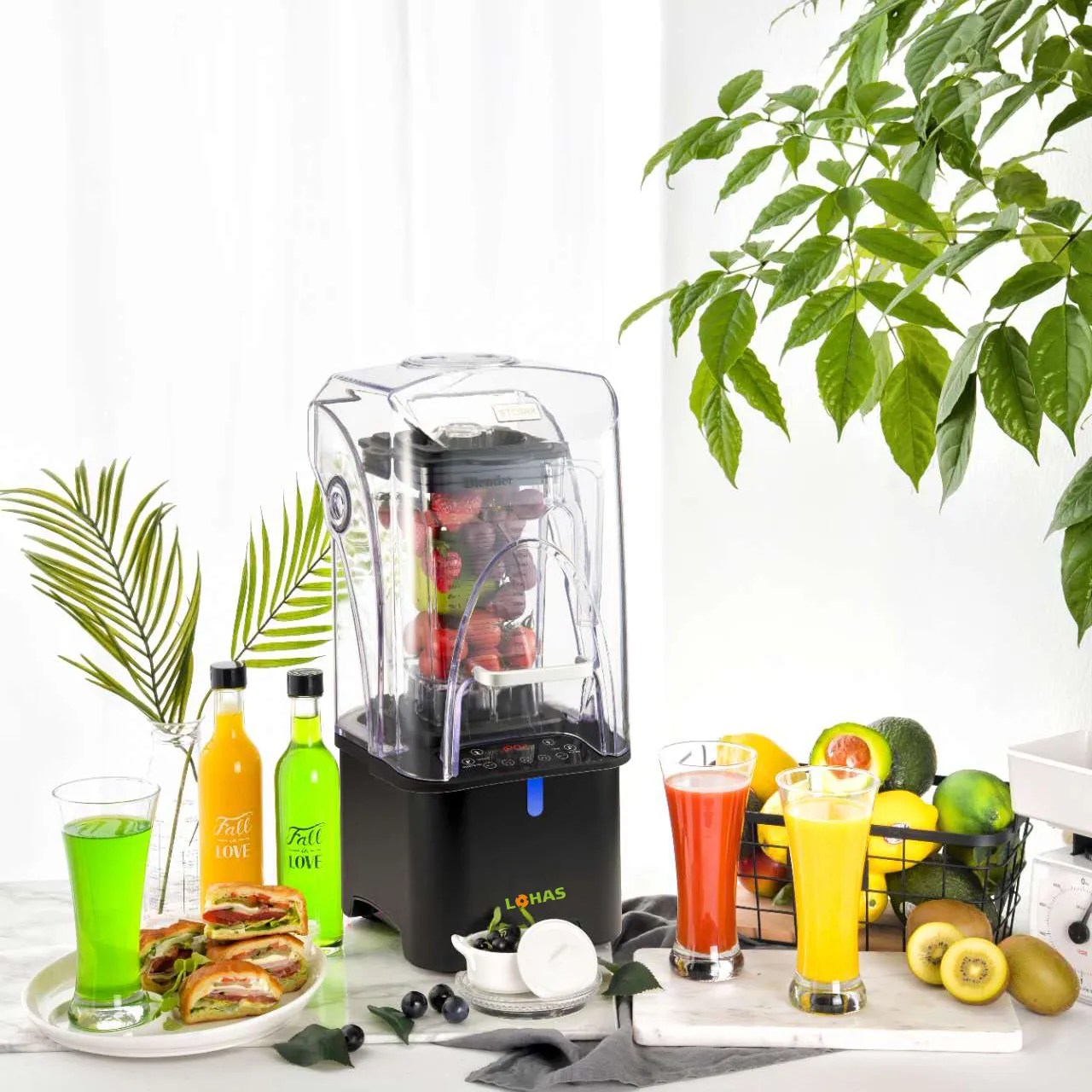
Environmental and Economic Impact
Energy Efficiency Considerations
Energy-efficient blender machines consume less power while delivering high performance. Choosing machines with Energy Star ratings or low standby consumption helps reduce operating costs and supports sustainability goals. This is particularly important in commercial settings where machines operate frequently.
Lower Operational Costs Over Time
Although high-quality blender machines may involve a higher upfront cost, they often yield better returns through lower maintenance, fewer repairs, and extended service life. In the long term, these factors contribute to overall cost savings, particularly when the blender machine is used daily.
FAQs
What is the difference between a commercial blender machine and a household model?
A commercial blender machine is built for heavy-duty use, offering greater motor power, larger capacity, and enhanced durability compared to household models. It is designed to handle continuous operation in demanding environments.
How can I maintain my blender machine to ensure a long lifespan?
Regular cleaning, timely replacement of worn parts, and using the machine according to the manufacturer’s instructions can significantly extend its lifespan. Avoid overloading and always operate with properly seated components.
Is it safe to blend hot ingredients in a blender machine?
Yes, but only if the blender machine is designed to handle hot liquids. Always check the user manual and ensure the lid is vented to release steam. Blending hot items in a sealed container can cause pressure buildup.
Can a blender machine be used for dry ingredients or grinding?
Many high-performance blender machines come with grinding capabilities or offer separate jars for dry blending. Always ensure your model supports such tasks to avoid damaging the blades or motor.
Table of Contents
- The Role of High-Efficiency Blenders in Modern Food Preparation
- Understanding the Blender Machine
- How Blender Machines Transform Food Processing
- Benefits of Blender Machines in Commercial Kitchens
- Improving Nutrient Retention and Food Quality
- Smart Features and Innovations
- Routine Maintenance to Extend Blender Machine Longevity
- Selecting the Right Blender Machine for Your Needs
- Environmental and Economic Impact
- FAQs



